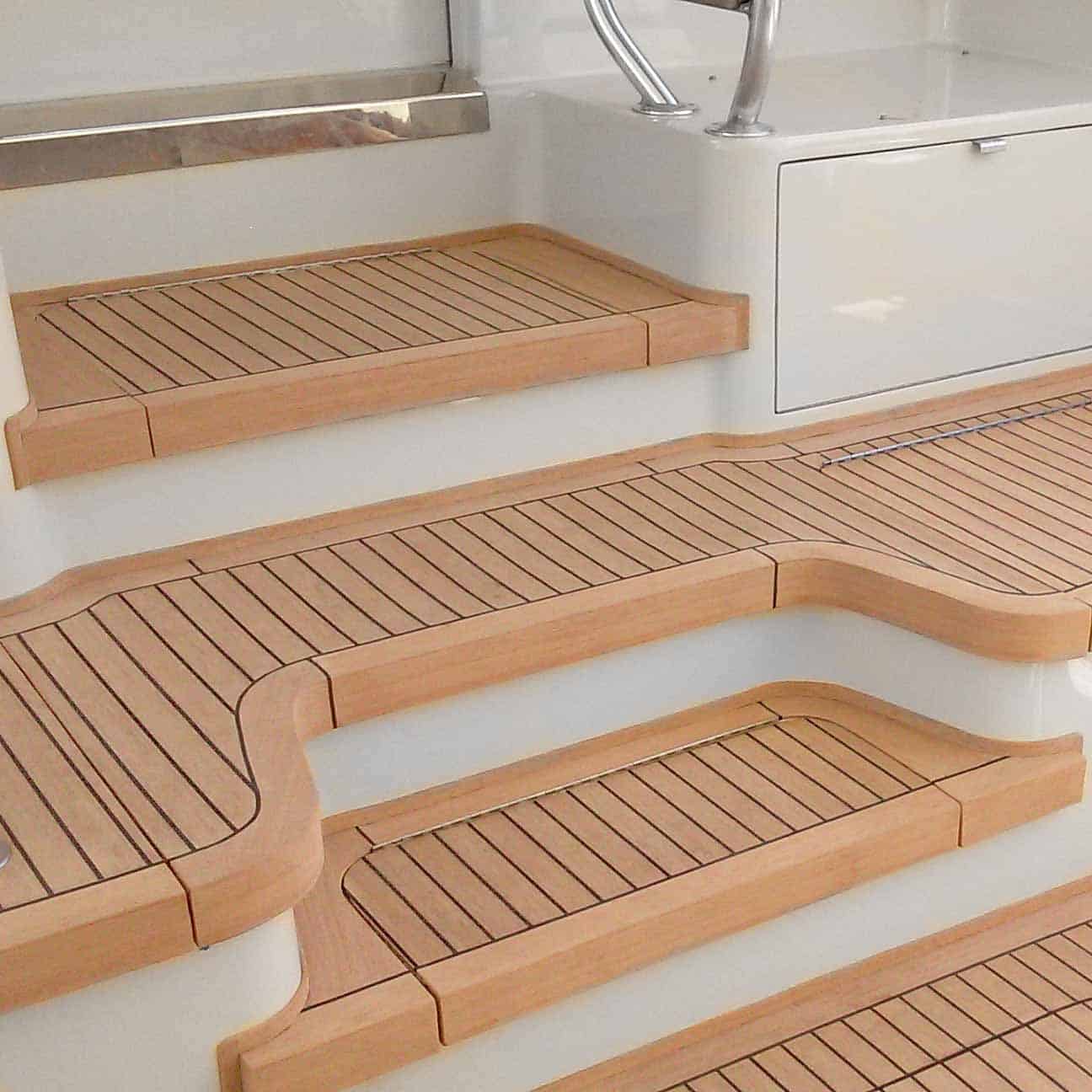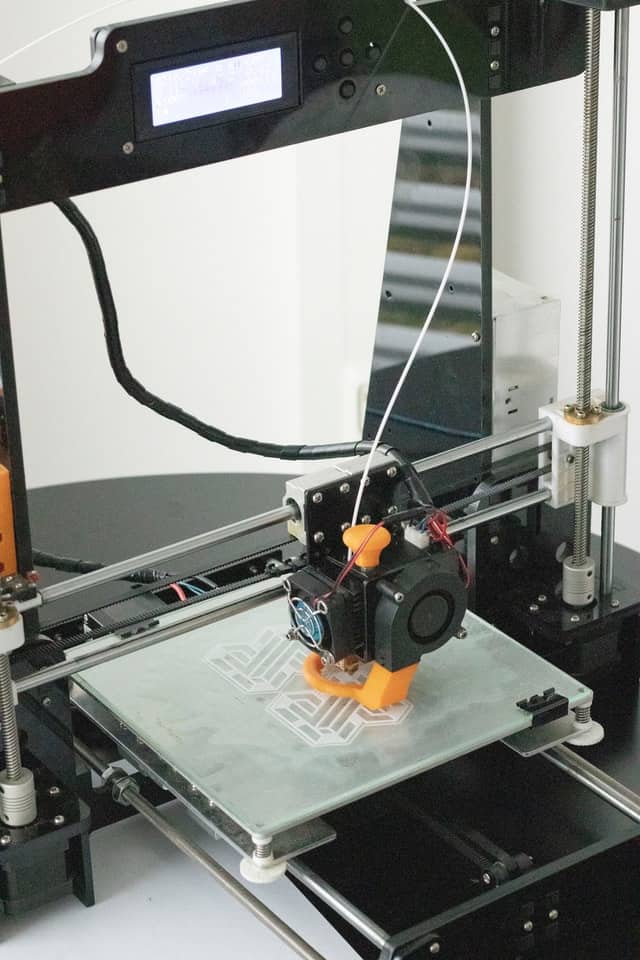Recent world events have seen price increases, supply chain interruptions and a movement towards a more sustainable way of doing things. How has the marine industry adjusted to meet demands on quality while still looking after the planet?
1. Monomaterial products
Advancements in plastic technologies have increased durable, sodium and UV resistant products for the marine industry. Monomaterial products are a simple yet effective way to make plastic products more sustainable. While plastic has a lot of bad press at the moment it is still, in most cases, the most durable option for many marine products, with a carbon footprint considerably lower than natural alternatives. So why are mono-material plastic products better?
Most plastic products are recyclable, so why do so many end up in the ocean if we can simply recycle them? There are many different types of plastic so the recycling process usually involves many hours of cleaning, separating and sorting. Most plastic bottles use a different plastic for the bottle and the lid, so they cannot simply be recycled together. This has made recycling a costly and time consuming process that many companies have tried to avoid. Mono-material products are made entirely from one type of material making recycling cheaper and easier.
ICA Group’s Nuteak synthetic teak for example consists of only 1 UV stabilized PVC. The teak or gray colored plank, the black or white line and even the welding wires all consist of the same material and thus can easily be recycled together when the boat reaches the end of its lifespan.
Most plastic products are recyclable, so why do so many end up in the ocean if we can simply recycle them? There are many different types of plastic so the recycling process usually involves many hours of cleaning, separating and sorting. Most plastic bottles use a different plastic for the bottle and the lid, so they cannot simply be recycled together. This has made recycling a costly and time consuming process that many companies have tried to avoid. Mono-material products are made entirely from one type of material making recycling cheaper and easier.
ICA Group’s Nuteak synthetic teak for example consists of only 1 UV stabilized PVC. The teak or gray colored plank, the black or white line and even the welding wires all consist of the same material and thus can easily be recycled together when the boat reaches the end of its lifespan.

2. Vinyl wrapping
In a previous post (nuteak.com/why-put-a-deck-on-my-boat/) I elaborated on how Nuteak protects you and your boat's gelcoat. Based on a similar principle vinyl wraps are also being used to lower the amount of maintenance your boat requires and prolong the life of your gelcoat. Vinyl is normally used for signage and artwork but you can also purchase a single color or even a clear sheet designed to simply protect your boat. With air release technologies these vinyl films are becoming easier to attempt as a DIY project.

3. 3D printing
3D printing technologies have progressed in leaps and bounds over the past few years. The list of materials that can be 3D printed is now very long, ranging from nylon and plastics to resins, fiberglass, carbon fiber, metals, wood and even concrete. Pellet fed printers make printing with recycled plastics easier as well. A major benefit to 3D printing is that it produces minimal material wastage and the result is usually extremely accurate. A variety of custom boat parts are now 3D printed because the digital files can be sent and printed anywhere in the world, greatly reducing transport time and cost. The size of the printer is one of the main limitations, in some cases segments are printed and joined together to form the final product. With a larger printer this is not necessary. In the marine industry a 24 foot boat has already been printed as 1 solid piece in less than 72 hours. As the technology grows we can expect 3D printing to form a big part of less wasteful production methods.

ICA Group places a lot of emphasis on keeping up with the times. The recent increase in demand in the marine industry places a responsibility on all of us to find cleaner and less wasteful ways of doing things. Through responsible use of durable materials we can enjoy our oceans and rivers while looking after them for generations to come.

